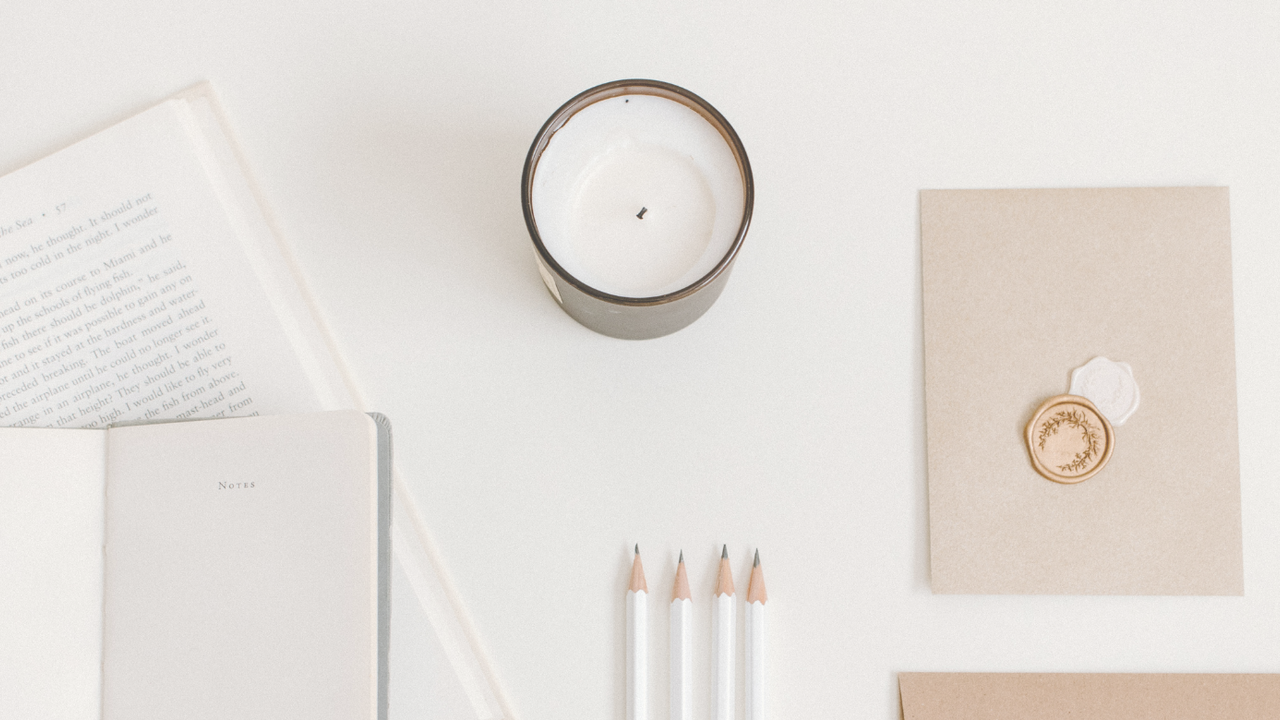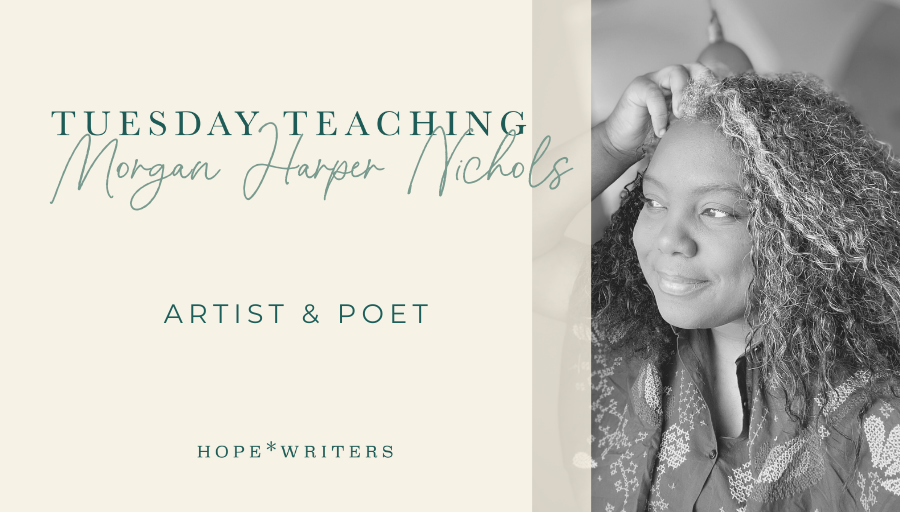How to Write a Poem
Oct 11, 2021
Are you a writer who feels drawn to experiment with poetry, but you feel intimidated? The language and formality of the form can keep many would-be poets from giving it a try. However, prolific poet and artist Morgan Harper Nichols believes poems can be short, conversational, and crafted from everyday language.
If you’d like to give poetry a try, Morgan suggests paying attention to what’s happening around you and to the words you’re already writing. Poetic words and ideas are embedded in your life and your existing work. It’s simply a matter of finding them.
Let’s write a poem! The following three steps will help you find the poem hiding in your writing.
Choose Your Piece
You’re a writer, and like most writers, you likely have a lot of work sitting in notebooks or on your computer. You’re going to create a poem from the words and stories you’ve already crafted on the page. Choose a piece you love, one that touches on your passions, or one you believe lends itself well to a poetic form. Another option is to choose a piece at random. Don’t overthink it! It’s helpful to use a piece of writing you’ve already developed into multiple paragraphs. This will give you more words and ideas to work with when crafting your poem.

Find the Poetry
Once you’ve selected your piece, take the last sentence of each paragraph and copy them into a journal or online note. Add line breaks or punctuation to begin moving the words into the shape of a poem.
Morgan says, “I believe the poetry is there, it’s just a matter of seeing it. You’ll be surprised by the poet rising up in you — it’s been there all along.”
Keep going! With some work, you’ll see a poem begin to take shape.
Craft Your Poem
Now that you have multiple sentences to work with and you’ve added line breaks, you can begin to experiment on the page and play with the language. Omit words that don’t fit. Add words that give clarity. Move things around.
Where do you see poetry emerging? What larger themes are growing? What ideas would you like to explore further? The poem is there, but it requires some coaxing and wordplay to reveal itself. Some poems may arrive fully formed, but don’t be discouraged if it takes time and tinkering for the poem to take shape. Just like your original piece, this poem will take effort and energy to create.
How was your first attempt? Consider sharing it with someone or with us in the comments below. Then choose another original piece of your writing and try again. This process of writing poetry can be repeated as your inner poet reveals herself again and again.
Want to learn more from Morgan about the creative process? She offers a peek into her art and writing and shares actionable tips for writers of all genres in her conversation with hope*writers. Click here for free access to our entire conversation and take one step toward balancing the art of writing with the business of publishing.
Stay connected with news and updates!
Join our mailing list to receive the latest news and updates from our team.
Don't worry, your information will not be shared.
We hate SPAM. We will never sell your information, for any reason.


